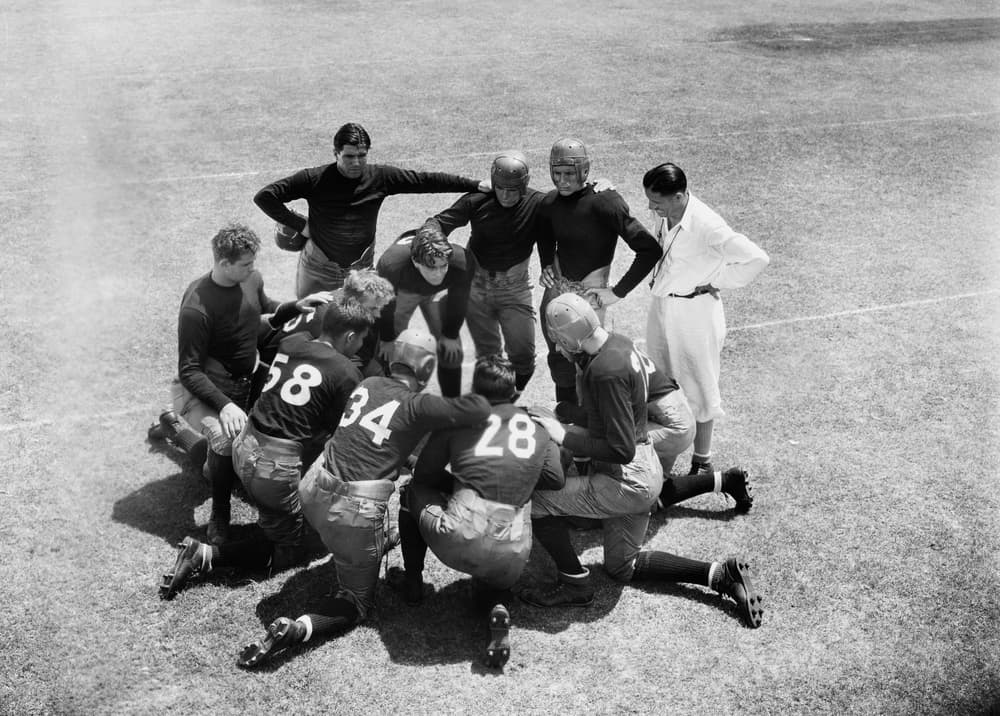
This is the first two-part series devoted to unexpected issues and how they can be identified. Strategies are also explored to determine best how to deal with these matters.
This post is one in a 2-part series:
Chemical Exposure or Substances
The incidents of workplace chemical exposure remain low. This is helped by removing and banning hazardous substances such as asbestos. Notwithstanding these positive trends, workers’ compensation claims of this nature continue to be a pain point for members of the claim management team.
-
-
- Incidents of Exposure: Fumes within the workplace and other aerosol-based particles continue to drive workers’ compensation claims. These claims often include permanent damage to the employee’s lungs, limiting their ability to return to work opportunities. When these unexpectable claims arise, it is crucial to obtain a complete history and examine whether the employee had exposure incidents outside the workplace. Common themes include smoking and exposure to secondhand smoke.
-
- Proper Employee Education: All workplaces must have proper Material Safety Data Sheets (MSDS) available and accessible. It is crucial to teach employees about the importance of these sheets and to share this information with medical professionals when treating a work injury. These sheets are also available in other common languages and should be available in workplaces with employees who do not use English as their primary language.
-
- Avoiding OSHA Fines and Sanctions: Failure to cooperate and respond to OSHA inquiries can be costly in the form of administrative penalties. Members of the claim management team can provide their insured with information on how to respond to inspections, correspondence, and other insurers from government agencies charged with workplace safety.
-
Exposure incidents are not common and often unexpected. Preparing all stakeholders for how to respond is key to reducing workers’ compensation program costs.
Click Link to Access Free PDF Download
“How Do I Get My Adjusters To Follow My Account Handling Instructions?”
Consequential Injuries
A consequential injury arises in conjunction with a work injury and is compensable if it is determined to flow from the work injury naturally. These additional claims can catch interested stakeholders by surprise. There are ways to better anticipate and deal with them cost-effectively.
-
-
- Timely Injury Reporting: It starts with a timely work injury report. Claim teams can be proactive by providing web and app-based platforms to assist the employee and other stakeholders in collecting information concerning an incident and reporting it accurately and promptly. These platforms are readily available for minimal cost.
-
- Effective Post-Injury Care: An effective post-injury response goes beyond a first aid kit. It includes proper training for those who can assist. Other factors to consider include using telephone triage nurse management and establishing a Preferred Provider Organization (PPO) to manage costs better. It is also essential to focus on returning to work following any work injury. Studies demonstrate that the cost of a claim is dramatically reduced the quicker an employee returns.
-
- Proper Use of Surveillance: Surveillance tools can assist with consequential injuries. This can include recording the actual incident to get the exact details regarding the mechanism of injury. It can also assist in claims of altered gait by an employee when performing activities when they think no one is watching. This information can be shared with an independent medical and vocational rehabilitation examiner to determine whether an injury occurred, the nature and extent of the injury, and what additional medical care is reasonable and necessary.
-
Consequential injuries are often not anticipated and can increase the cost of a claim. Preparing for these types of claims can assist in managing claims and their cost.
Conclusions
There are many issues a member of the claim handler faces when it comes to unexpected issues in workers’ compensation cases. Concerns related to workplace exposure and consequential injuries can consume a claim handler. The claim handler must coordinate efforts with the defense attorney and employer representatives to prepare in advance. Failure to do so will only fail.

Contact: mstack@reduceyourworkerscomp.com.
Workers’ Comp Roundup Blog: http://blog.reduceyourworkerscomp.com/
©2022 Amaxx LLC. All rights reserved under International Copyright Law.
Do not use this information without independent verification. All state laws vary. You should consult with your insurance broker, attorney, or qualified professional.

















